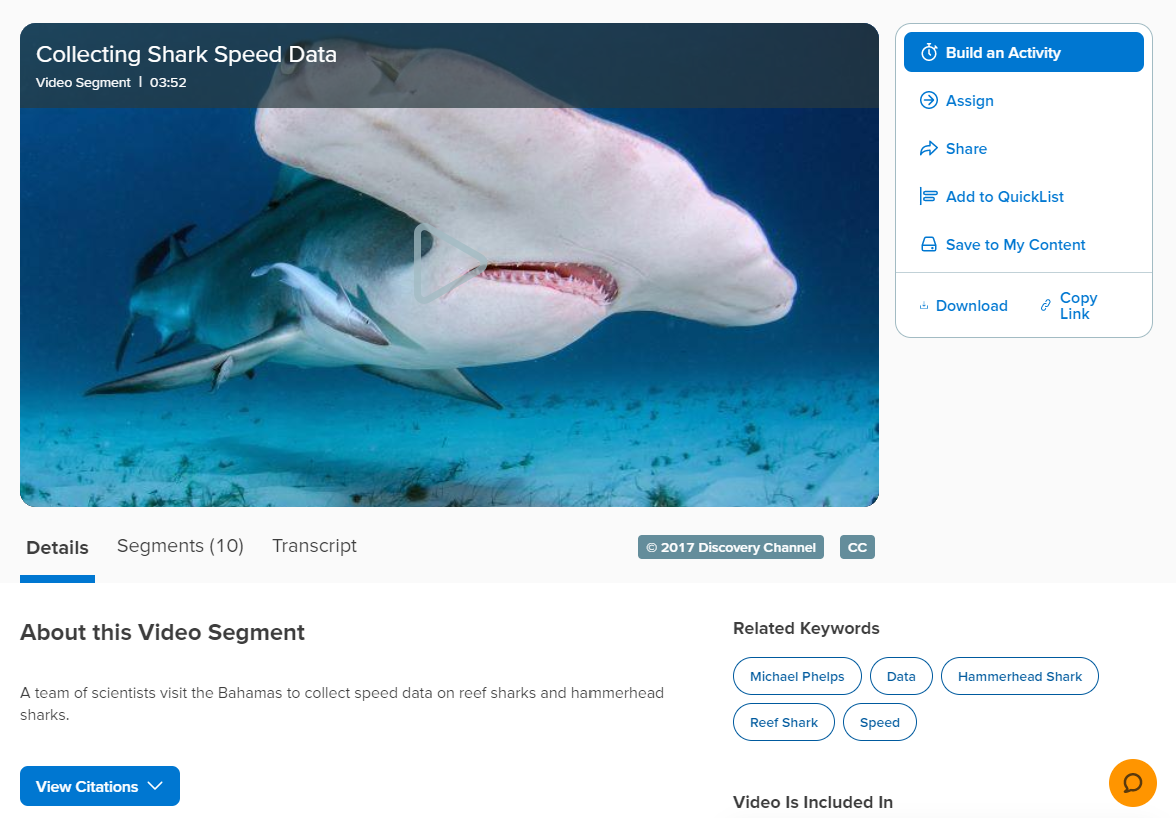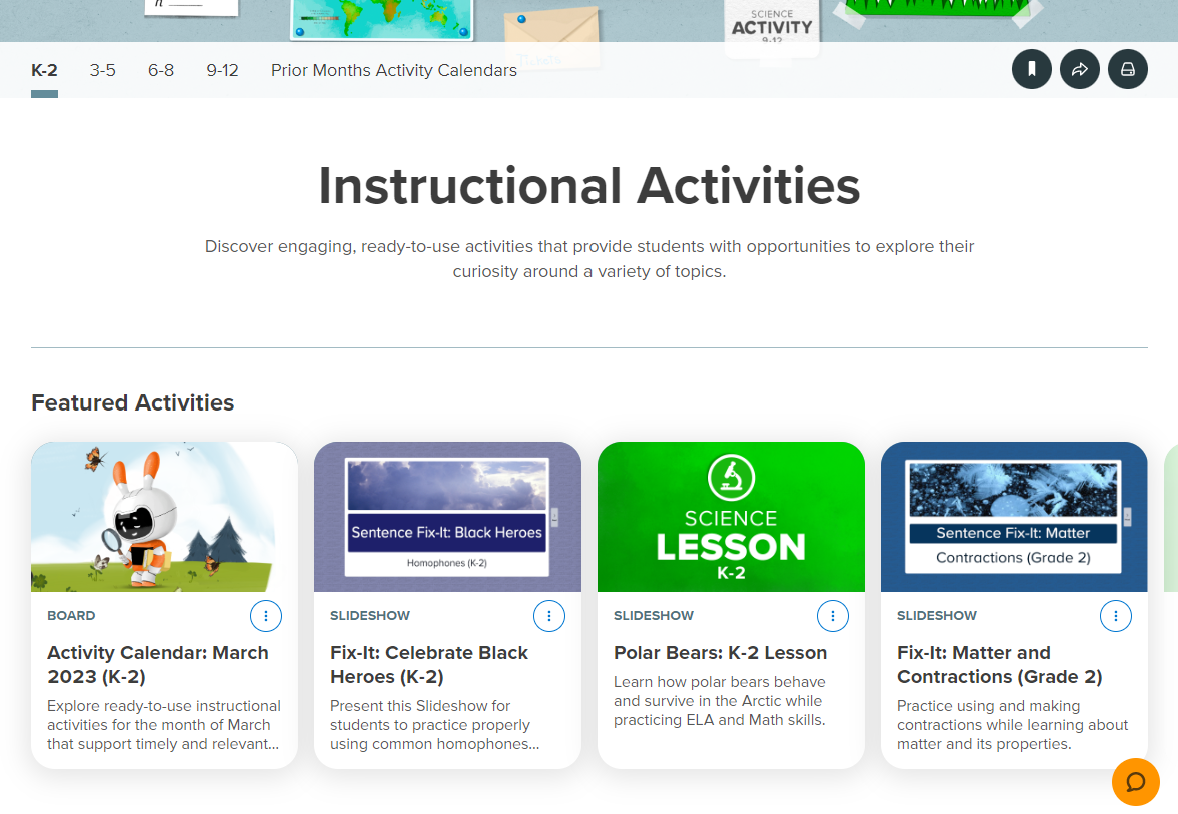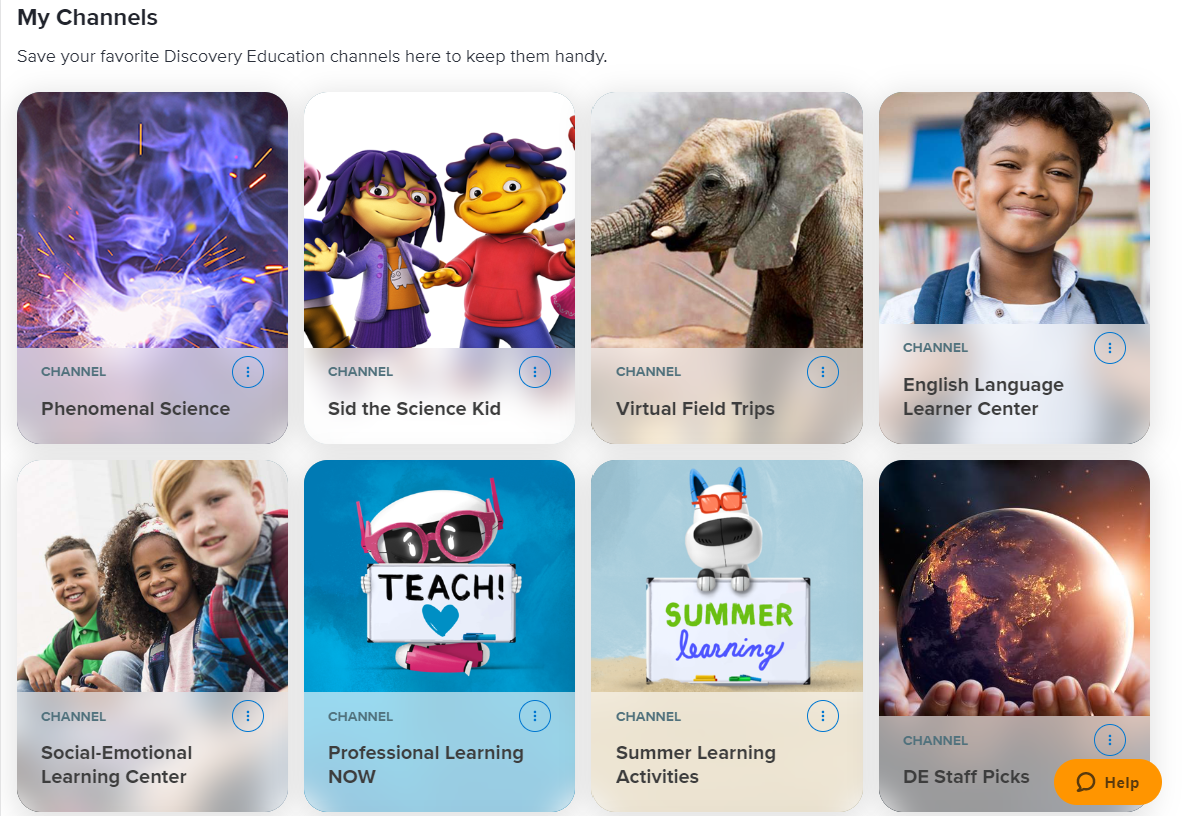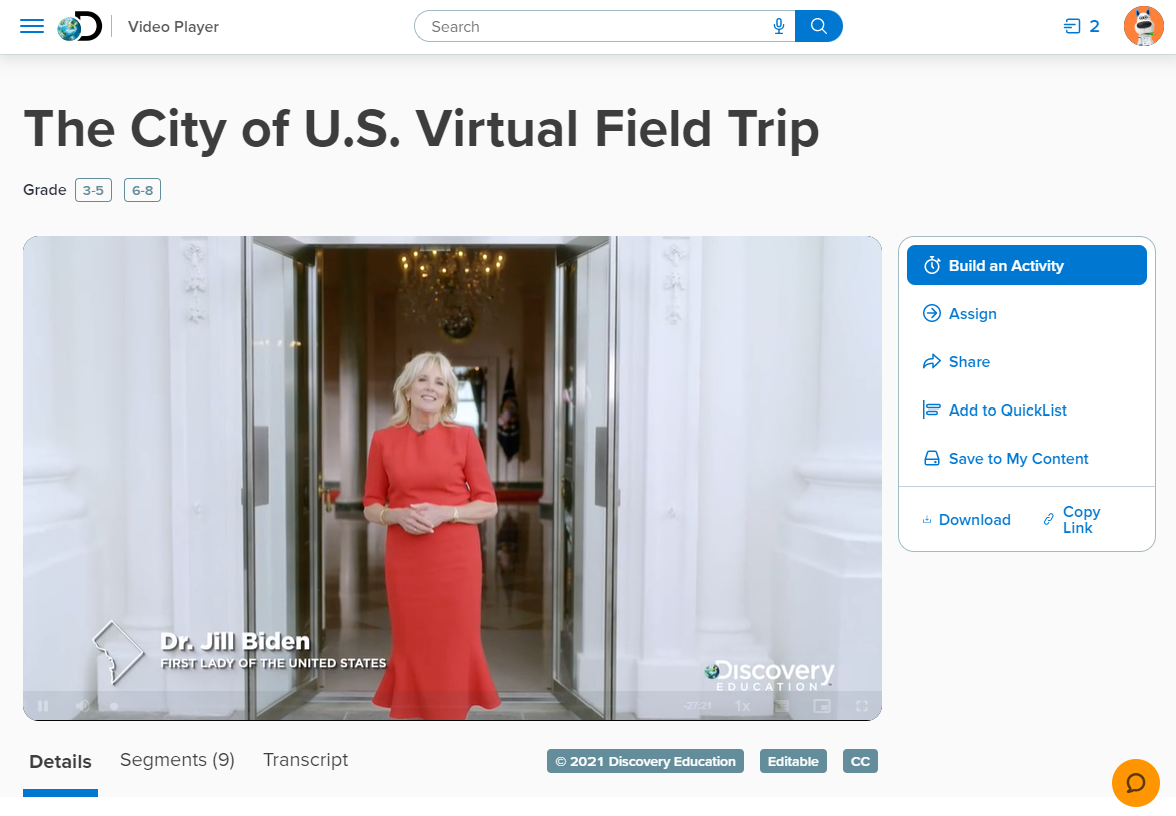What is Discovery Education? Tips & Tricks
Discovery Education features thousands of videos as well as interactive lessons and virtual field trips.

Discovery Education is an edtech platform that features a vast library of videos, virtual field trips, lesson plans, and other interactive teaching resources in topics ranging from STEM to English to history.
Inspired and formerly owned by Discovery, Inc., Discovery Education reaches an estimated 4.5 million educators and 45 million students worldwide who live in more than 100 countries and territories.
Lance Rougeux, Senior Vice President of Curriculum, Instruction, and Student Engagement at Discovery Education, discusses the Discovery Education platform and shares its most popular features.
What is Discovery Education?
Discovery Education is a multimedia platform offering educators and students a wide variety of video content, lesson plans, quiz-generating features, and other standards-aligned educational tools, including virtual labs and interactive simulations.
Discovery Education began as an educational video streaming service, but based upon teacher feedback over the last 20 years, the platform has expanded well beyond that, according to Rougeux. He would host hundreds of PD events each year and always hear the same story from educators in the field. “Teachers would be like, ‘I love that video. I love that, piece of media. What do I do with it other than press play?'” Rougeux says. “So we pretty quickly started to evolve in large part because of our teacher community.”
This evolution led Discovery Education to offer more lesson plans and activities that could complement the videos or stand alone, plus deeper immersive experiences that allow students and educators to create and tailor content to their needs.
Of course, video remains a huge part of what Discovery Education offers and the platform features thousands of full-length videos and tens of thousands of short clips. This content is created by Discovery Education and a wide number of partners that include NASA, the NBA, MLB, and others.
Tools and ideas to transform education. Sign up below.
Discovery Education also features more than 100 field trips and several thousand instructional activities that allow educators to embed quiz questions and surveys within the video or choose from preset video and quiz templates.

How Does Discovery Education Work?
On Discovery Education, teachers have access to a personalized landing page. On this page, educators can search for content organized by subject activity type, grade level, and more. They’ll also receive personalized suggestions based on previous content they’ve utilized.
Educators can also subscribe to channels such as “news and current events,” “virtual field trips,” and “cells,” which provide a landing page for curated content in those areas, organized by specific grade levels.
Once you’ve found the content you want to use, Discovery Education is designed to customize it to fit each instructor’s needs. Rougeux says this ability to customize was built into the system based upon user feedback. “'Can you package it up for me into a lesson, activity, or assignment that I can edit?'” Rougeux says educators used to ask. “'I still want the ability to edit. I still want to add my artistry, but if you can get me 80 percent of the way there, that's a really big value add.'”

What Are The Most Popular Discovery Education Features?
Beyond video, Discovery Education features a variety of tools that have become increasingly popular since the pandemic started. One such tool is virtual Choice Boards, which allow students to explore topics at their own pace with interactive slides featuring short videos and multiple options to explore a topic.
A variation on this feature that has become one of the platforms’ most popular offerings is a Daily Fix It, which shows students a flawed sentence and gives them the opportunity to move the words around to correct it. Rougeux says this provides teachers with a fun 10-minute activity they can do with students every day.
Another category of offerings is interactives, which include virtual labs and other interactive simulations. It is the most assigned content within the platform, Rougeux says.
The quiz function, which lets teachers choose from preset quizzes and polls and/or embed their own questions or polls within video content, is also among the platform’s most popular new features.

How Much Does Discovery Education Cost?
The list price for Discovery Education is $4,000 per building and that includes access for all staff and students who require access. However, there is variation within that fee based on larger state contracts, etc.
Discovery Education can be purchased with ESSER funds, and the platform has put together an ESSER spending guide for school officials.
Discovery Education Best Tips and Tricks
Interactive Tools For Differentiation
Many of Discovery’s interactive tools can be assigned individually to students to help them catch up on a topic or go deeper. For instance, Rougeux says many educator assign virtual school trips to students who finish other class assignments early.
Use Choice Boards All Together in Class
Choice Boards can be utilized individually by students, however, Rougeux says many educators find it a fun activity to do as a class. This can foster student engagement as each kid votes on which option to explore next.
Discovery Education’s Monthly Calendars Can Help Choose Activities
Discovery Education creates a calendar of activities each month separated by grade. These activities are based upon accumulated data on the types of lessons educators are looking for at different times of year. For instance, there was a recent suggested lesson on energy transfer as it a subject often covered in classes around this period.
“Then it's also serving up content that is based on timely events, holidays, celebrations,” Rougeux says.
Erik Ofgang is a Tech & Learning contributor. A journalist, author and educator, his work has appeared in The New York Times, the Washington Post, the Smithsonian, The Atlantic, and Associated Press. He currently teaches at Western Connecticut State University’s MFA program. While a staff writer at Connecticut Magazine he won a Society of Professional Journalism Award for his education reporting. He is interested in how humans learn and how technology can make that more effective.

